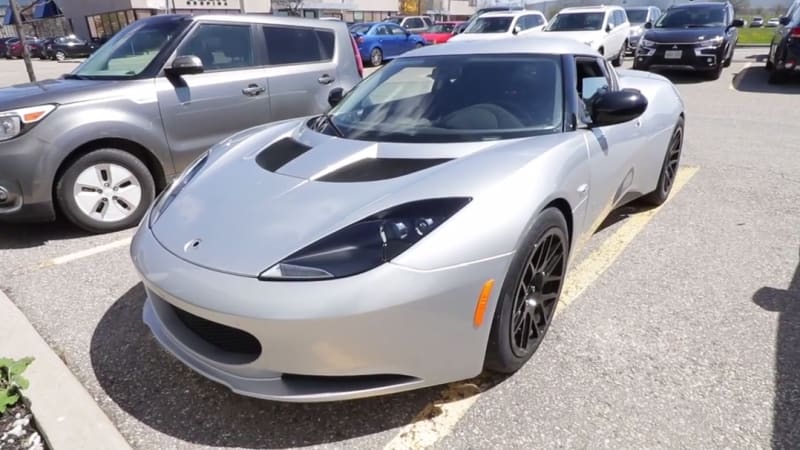I'd like to buy a first gen Roadster.
Plan A is to get a bricked Roadster buy used 4680 structural pack from a wrecked MY, when they become available, then either wait for someone (Jason Hugh's for example) to develop something to control the Tesla BMS or purchase a third party BMS and get an inverter/controller to run the motor.
I didn't have any idea until I checked this forum that this was a possible problem. What functions does the PEM perform that I need to replicate for this to be a workable solution?
Main reason for choosing the 4680 structural packs is that I believe that dividing the pack into self-contained chunks will be relatively easy.
Plan A is to get a bricked Roadster buy used 4680 structural pack from a wrecked MY, when they become available, then either wait for someone (Jason Hugh's for example) to develop something to control the Tesla BMS or purchase a third party BMS and get an inverter/controller to run the motor.
I didn't have any idea until I checked this forum that this was a possible problem. What functions does the PEM perform that I need to replicate for this to be a workable solution?
Main reason for choosing the 4680 structural packs is that I believe that dividing the pack into self-contained chunks will be relatively easy.



